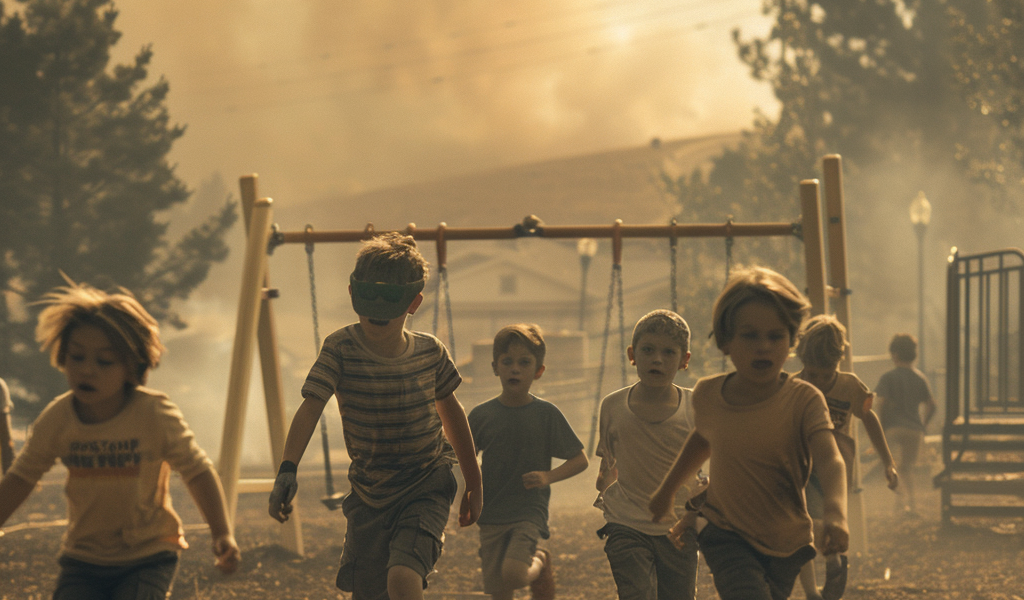Recent studies have shed light on the significant impact that wildfire smoke can have on mental health, particularly among children. As wildfires become increasingly common due to climate change, understanding the implications of smoke exposure is critical for public health.
A research team in Colorado has conducted a comprehensive study examining the correlation between wildfire smoke and mental health issues in children. The findings reveal alarming trends that could have long-term consequences for the younger population.
Wildfire smoke contains a complex mixture of pollutants, including particulate matter, carbon monoxide, and volatile organic compounds. When inhaled, these substances can lead to a range of health problems, but recent evidence suggests that the effects extend beyond physical health.
According to the Colorado study, children exposed to high levels of wildfire smoke are at an increased risk of developing anxiety, depression, and other mental health disorders. The researchers utilized data from air quality monitoring stations and mental health assessments to establish a clear link between smoke exposure and psychological distress.
One of the key findings of the study is that the risk of mental health issues is not uniform across all demographics. Factors such as socioeconomic status, pre-existing mental health conditions, and access to mental health services play a significant role in how children are affected by environmental stressors like wildfire smoke.
In areas with a higher prevalence of wildfires, children from lower-income families often face compounded challenges. These families may lack access to safe indoor spaces during smoke events, leading to prolonged exposure. Furthermore, the stress of displacement and uncertainty during wildfire seasons can exacerbate existing mental health issues.
The implications of this research are profound. As wildfires continue to threaten communities, it becomes crucial for policymakers and health officials to consider the mental health ramifications of environmental disasters. Strategies to mitigate smoke exposure, such as creating clean air shelters and improving air quality monitoring, could be instrumental in protecting vulnerable populations.
Moreover, the study emphasizes the importance of integrating mental health support into disaster response plans. Schools and community organizations should be equipped to provide resources and counseling for children experiencing anxiety or trauma related to wildfires.
As the frequency and intensity of wildfires increase, ongoing research will be essential to fully understand the long-term effects of smoke exposure on mental health. This study lays the groundwork for future investigations and highlights the urgent need for a holistic approach to public health that addresses both physical and mental well-being.
In response to these findings, public health advocates are calling for increased funding for mental health services, particularly in regions prone to wildfires. They argue that investing in mental health resources is not only a matter of public health but also a crucial step towards building resilient communities.
As awareness grows about the intersection of environmental factors and mental health, it is vital for communities to engage in proactive measures. Educating families about the risks associated with wildfire smoke and providing them with tools to cope during smoke events can empower individuals and promote overall well-being.
In conclusion, the Colorado study serves as a wake-up call regarding the mental health effects of wildfire smoke on children. As wildfires continue to pose a threat, understanding and addressing these impacts will be crucial in safeguarding the mental health of future generations.





